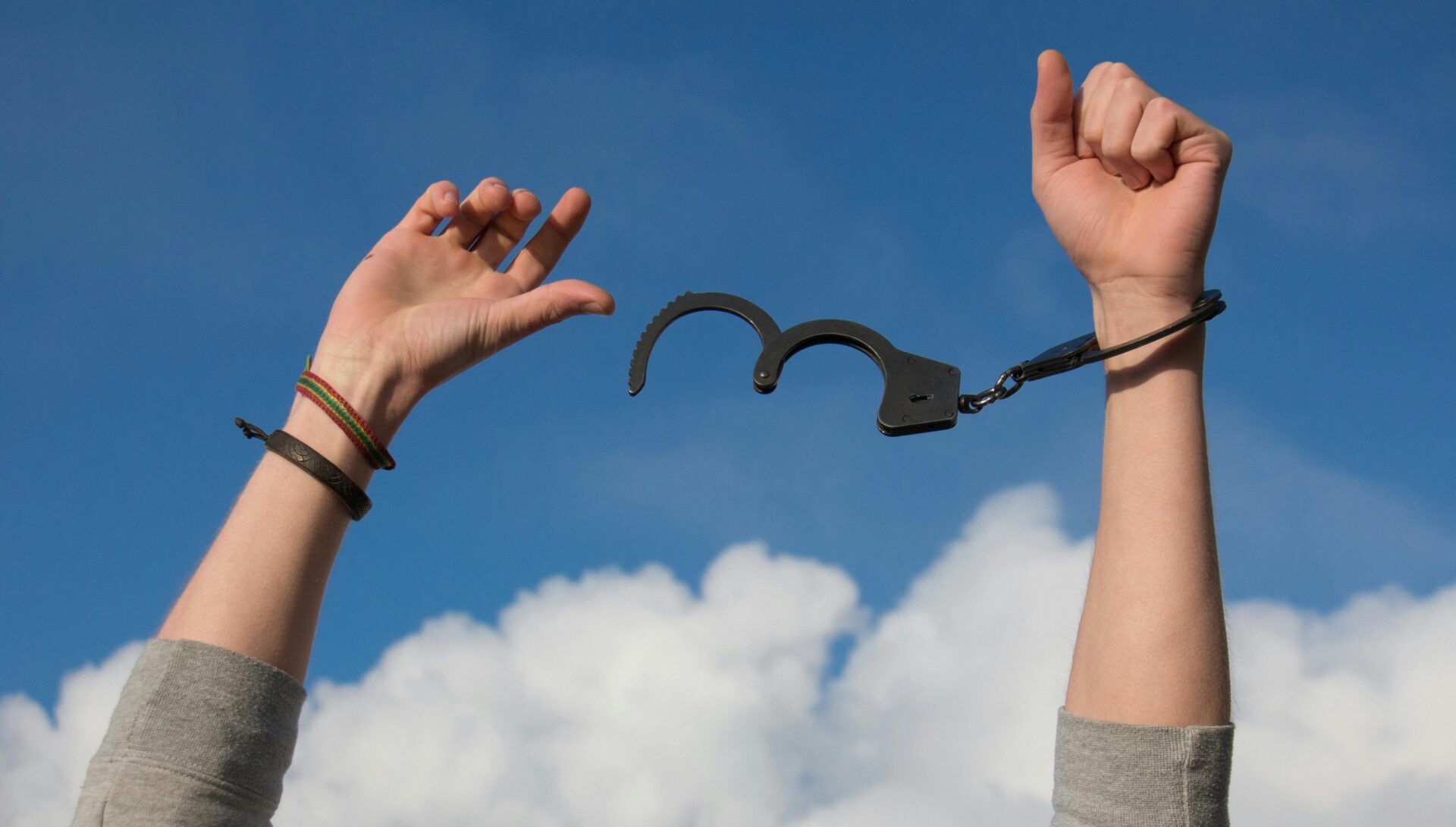For years, DSPs have prided themselves on avoiding the costly trap of overtime. Amazon’s DSP business model pushes for efficiency, and keeping overtime under control is a point of pride for many DSP owners. Overtime means higher wages, labor law compliance, and more complex staffing coordination—so why wouldn’t you avoid it?
But there’s an unintended consequence lurking behind the relief of avoiding overtime: overstaffing.
The Overstaffing Problem in Plain Sight
To ensure that route commitments are met every day, DSPs often over hire and overstaff their workforce. This may seem like a safe play—having extra DAs on standby to avoid missed deliveries. However, this safety net comes at a significant cost that most DSPs don’t realize they’re paying out of their own pockets.
Instead of overtime, DSPs are funneling their money into unnecessary staff hours that go unused or are underutilized.
Here’s how it works: When a DSP schedules extra DAs as a buffer against call-offs, no-shows, or last-minute absences, the cost of maintaining these backup DAs becomes an overlooked expense. When these standby DAs report to work yet are sitting without routes to cover, you’re paying them to simply be available—and that expense can add up fast. DSPs, in their quest to avoid overtime, are inadvertently swapping one labor cost for another, one that can quietly erode profitability.
And for DSPs grappling with both overtime and overstaffing, they’re feeling the pressure on both sides—trapped in a cycle of rising costs that keeps eating away at their margins—yikes!
The Burnout and Call-Off Link
Let’s back up for a second to understand why this happens. The main driver of overstaffing is the fear of absenteeism—specifically call-offs due to burnout.
Burnout is rampant in last mile delivery work. The job is demanding, physically exhausting, and when DAs work too many hours or days without enough rest, burnout is inevitable. When burnout sets in, DAs start calling off, missing shifts, or underperforming. In response, DSPs over hire or overstaff to mitigate the risk of not having enough DAs to meet daily route commitments.
It’s a vicious cycle: burnout leads to call-offs, which leads to overstaffing, which eats into your profits.
But what if you could reduce burnout, minimize call-offs, and eliminate the need for overstaffing?
2on2off: The Solution to the Overstaffing Problem
This is where 2on2off comes in. By giving your DAs predictable schedules and balanced work-rest cycles, the system effectively tackles the root cause of call-offs—burnout.
The 2-days-on, 2-days-off schedule ensures that DAs aren’t being overworked, helping them stay healthier, happier, and more motivated to report to work. With fewer call-offs, DSPs no longer need to rely on costly overstaffing strategies. The result is a more predictable workforce where you can align your daily staffing levels to match your actual daily route commitments.
This isn’t just a theory—early feedback from DSPs using 2on2off shows that they’ve dramatically reduced call-offs, leading to fewer no-call, no-shows, and less reliance on backup staff.
The Real Cost of Overstaffing: A Case Study
Let’s crunch the numbers. Imagine a DSP that has one extra DA on standby each day for 350 days a year, paying them for 2-hour shifts at $19/hour to cover potential call-offs. Not the same DA, but a surplus DA that is not assigned a route. That’s $38/day in overstaffing costs, which might not sound like much at first glance. But multiply that by 350 days, and suddenly you’re looking at $13,300 annually for just one standby DA. Imagine the cost if more DAs are involved—yikes!
That $13,300 is money that could be going straight to your bottom line but is instead being eaten up by unnecessary overstaffing costs. If you’re overstaffing by just one extra DA per day, you’re losing thousands of dollars a year. And many DSPs are likely overstaffing by more than just one DA.
The Trade-Off DSPs Are Making
What’s really happening here is that DSPs are unknowingly trading overtime costs for overstaffing costs. In their efforts to avoid the financial hit of overtime, they’re overlooking the hidden expense of overstaffing.
But with 2on2off, you can break this cycle. Instead of overstaffing as a safety net, you can rely on a well-rested, predictable team of DAs who show up for their scheduled shifts and perform at their best each and every day, including weekends and holidays. You no longer need to over pay for backup staff, saving you thousands each year.
The Cultural Shift: Pride in Efficiency, Not Overstaffing
DSPs take great pride in running lean, efficient operations. But for too long, the focus has been solely on avoiding overtime without recognizing the equally harmful financial impact of overstaffing. The solution lies in embracing a smarter, more balanced approach to workforce management.
By implementing 2on2off, DSPs can enjoy the benefits of a high-performing, engaged workforce without the hidden costs of overstaffing. You can confidently staff your routes knowing your team is well-rested and ready to deliver—without paying extra for idle DAs.
The Bottom Line: Real Savings, Real Impact
When you reduce burnout, you reduce call-offs. And when you reduce call-offs, you eliminate the need for overstaffing. The result? A leaner, more efficient operation that directly improves your profitability.
The numbers speak for themselves—saving just the cost of one standby DA over a year can net you over $13,000. Multiply that across your operation, and the financial impact becomes crystal clear.
If you’re ready to stop trading overtime for overstaffing and start saving real money, it’s time to give 2on2off a serious look.




